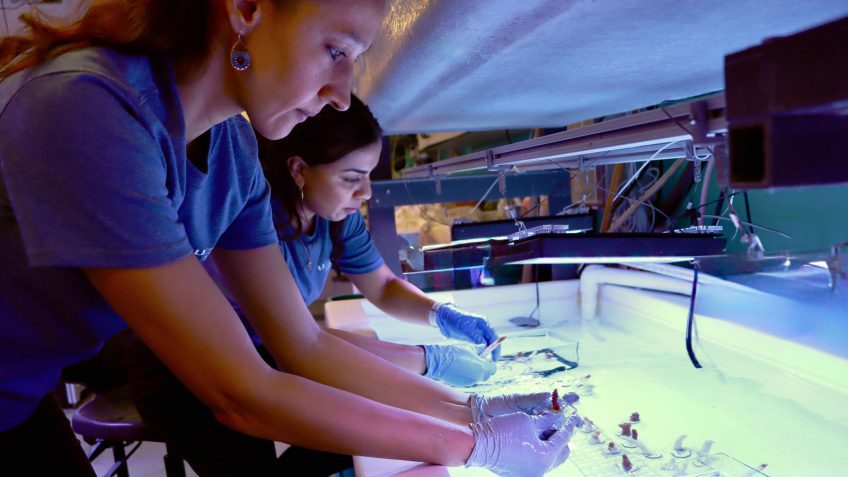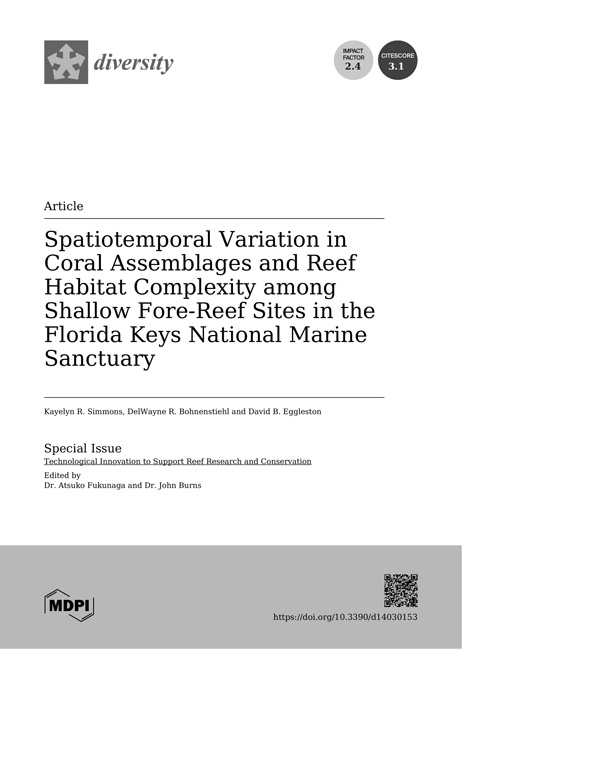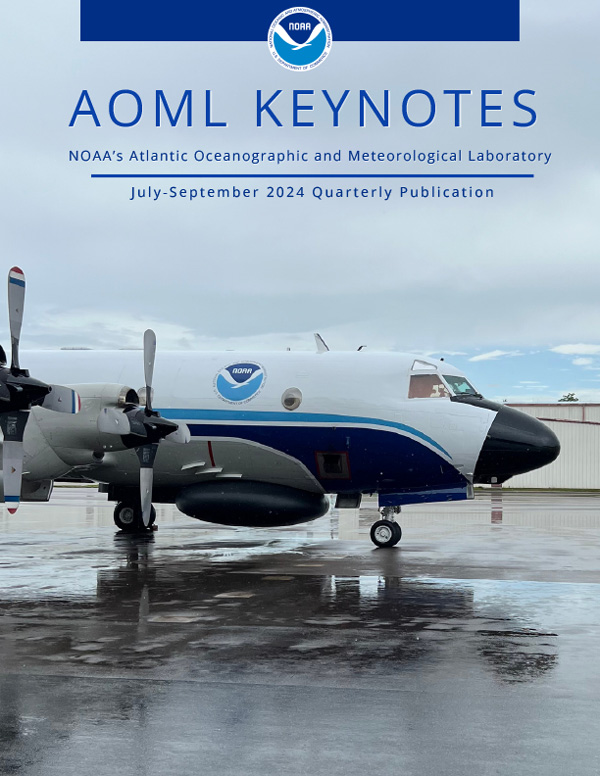Kayelyn R. Simmons, DelWayne R. Bohnenstiehl y David B. Eggleston
Con la degradación y pérdida sin precedentes de los arrecifes de coral a múltiples escalas, los cambios subyacentes en las características abióticas y bióticas relevantes para la arquitectura tridimensional de los arrecifes de coral son fundamentales para la conservación y la restauración. Este estudio caracterizó la variación espaciotemporal de las métricas de hábitat en ocho sitios de arrecifes delanteros que representan tres zonas de gestión en los Cayos de Florida, Estados Unidos, utilizando encuestas visuales de hábitat (2017-2018) adquiridas antes y después del huracán Irma. Después del huracán, cinco de esos sitios fueron inspeccionados utilizando fotogrametría de estructura a partir del movimiento para investigar más a fondo la morfología del coral en la complejidad estructural. Los resultados multivariados de los estudios visuales identificaron una separación moderada entre los sitios, con sitios de pesca caracterizados por características físicas complejas como profundidad y relieve vertical duro, mientras que los sitios protegidos generalmente albergaban altas abundancias de cobertura de coral vivo.
Descargue el documento completo: https://doi.org/10.3390/d14030153







